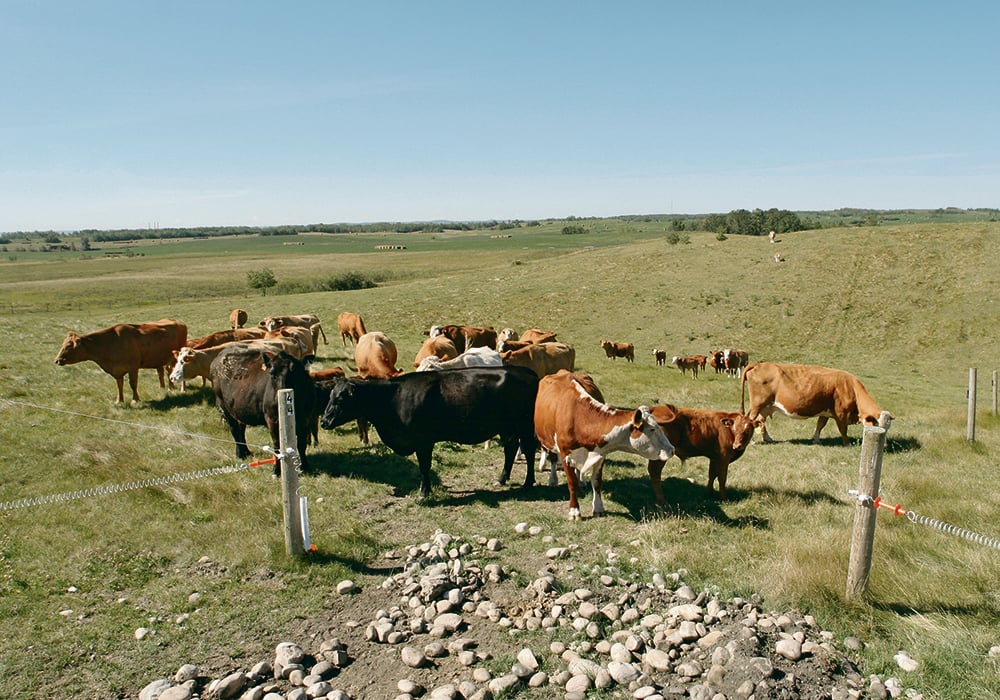Originally published January 18, 2024 on Western Producer
By Catherine Brown
There are many terms related to the practice, which a researcher says should be standardized to improve consistency
Cost and lack of knowledge are two of the biggest barriers to rotational grazing, according to preliminary data studied by Brook McWherter, a natural resource scientist at Dalhousie University.
Time commitment and/or access to labour, as well as available acreage, were also noted as barriers by Farm Resilience Mentorship Program (FaRM) participants.
The study aims to gather insights on limitations to rotational grazing experienced by program participants and producers across the country, while also gathering perceptions of and experiences with rotational grazing, McWherter explained at the Canadian Forage and Grassland Association convention in December.
Research results are based in part on a FaRM survey and are expected to support CFGA and Farmers for Climate Solutions in their efforts to increase adoption of rotational grazing. McWherter’s study was among many efforts aimed at quantifying farmers’ needs. Other studies are quantifying environmental and economic benefits of the practice.
Metrics to quantify on-farm environmental health measures are becoming increasingly important, according to many speakers at the event.
The U.S. has reportedly invested much more than Canada into soil research and intensive quantification, according to presenters. They say farmers and ranchers are moving into a new era of accountability and need science-backed data on which to base critical operational decisions.
McWherter’s preliminary study results suggest that producers still think rotational grazing requires a large time commitment but most also believe it is important for the improvement of the environment, soil health and livestock health.
Producers with experience in rotational grazing say it allows for more animal units per acre, improves forage health, lengthens the grazing season, lowers parasite burden and leads to healthier pastures and better regrowth.
However, there are mixed perceptions on whether rotational grazing systems save money.
One option is adaptive multi-paddock grazing, defined by the research team as “an intensive grazing method in which lightweight, portable fencing systems are used to move animals strategically around a pasture based on forage recovery, allowing for dense grazing interspersed by long periods of recovery for the land.”
McWherter’s research suggested the continued need for mentors. She said she hopes her research can be used to support FaRM and its efforts to increase the adoption of best management practices like intensive rotational grazing.
Clarifying the language to define grazing practices is also important for consistency, she added.
Terms like “holistic management”, “multi-paddock rotational grazing”, “management-intensive grazing”, “mob grazing”, “regenerative grazing” and “adaptive grazing” are terms that overlap.
The survey showed farmers would like more accessible information on practices and programs, more risk management tools, funding for infrastructure and better communication between sectors.
New and small farmers and livestock producers would like more support geared to their scale of operation.

